Archive
2020
KubaParis
Sculpture Zeitgeist?
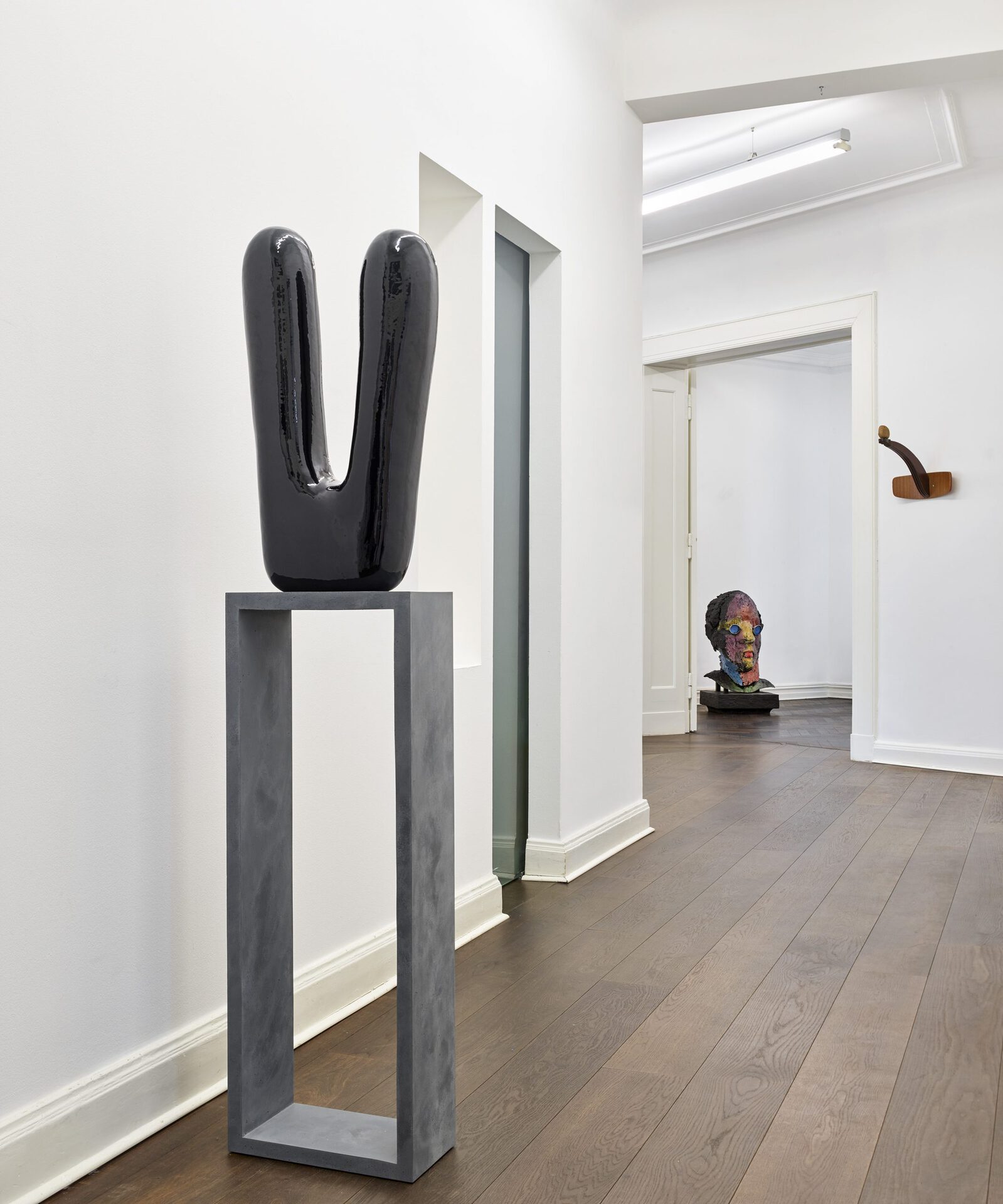
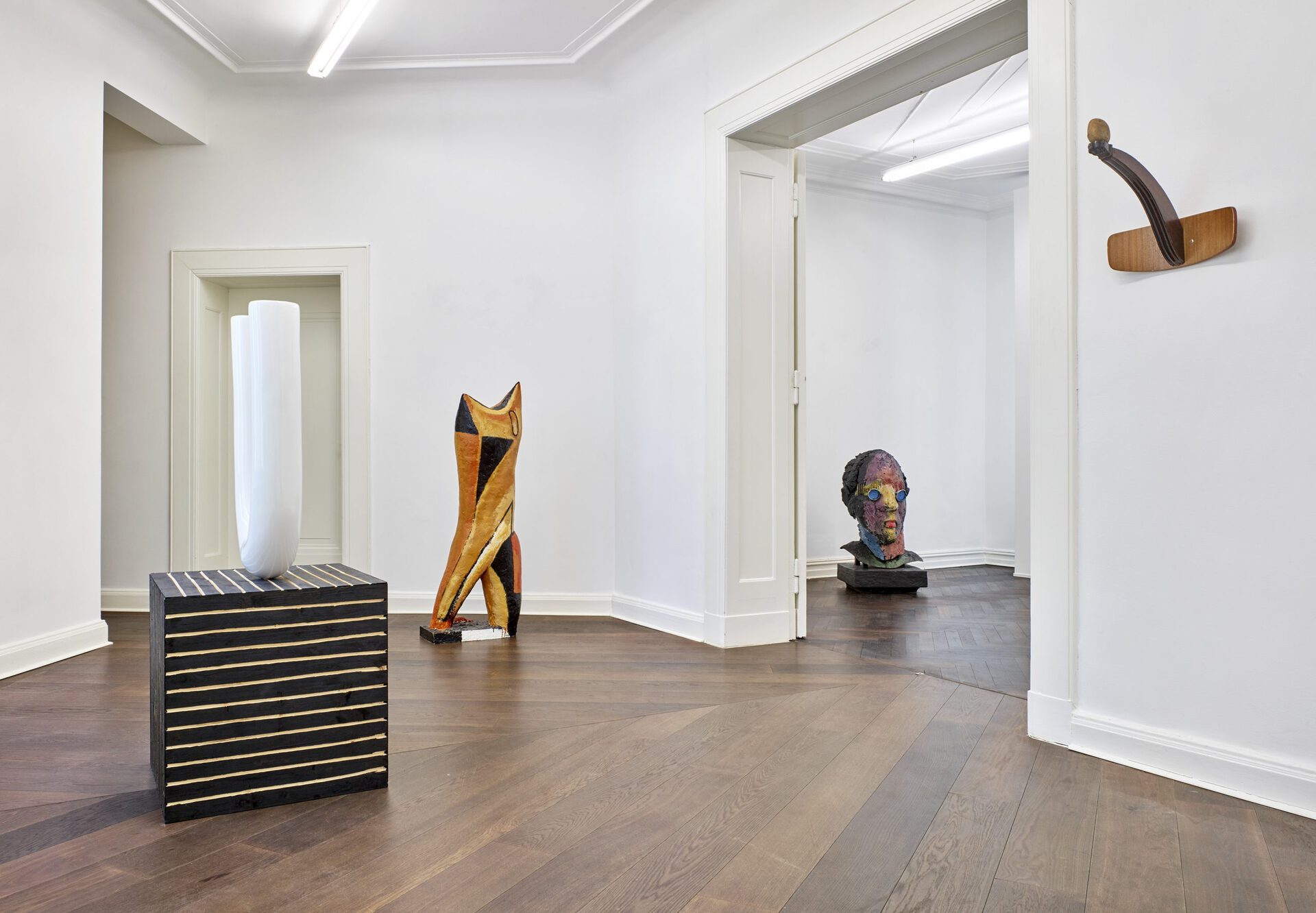
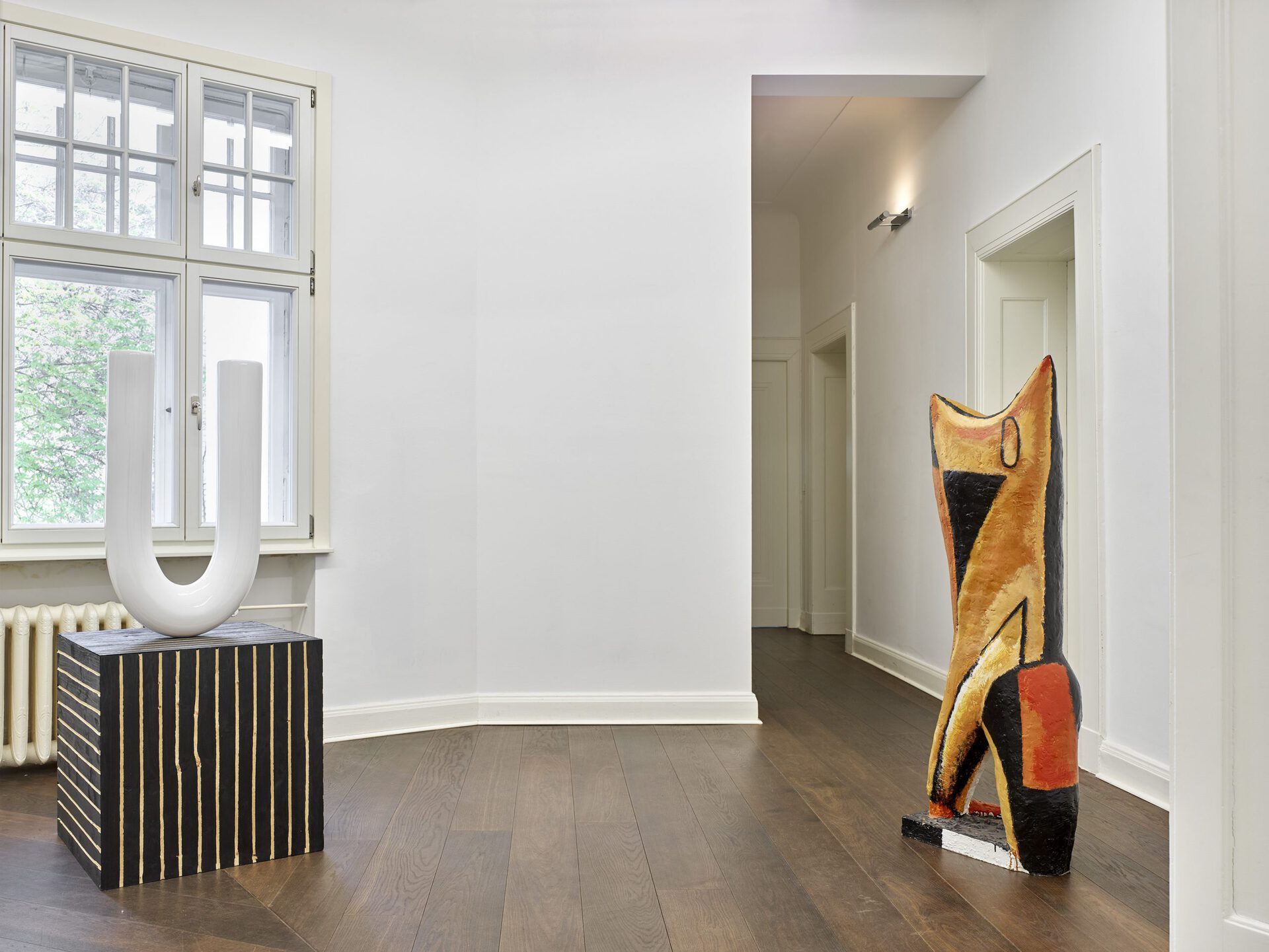
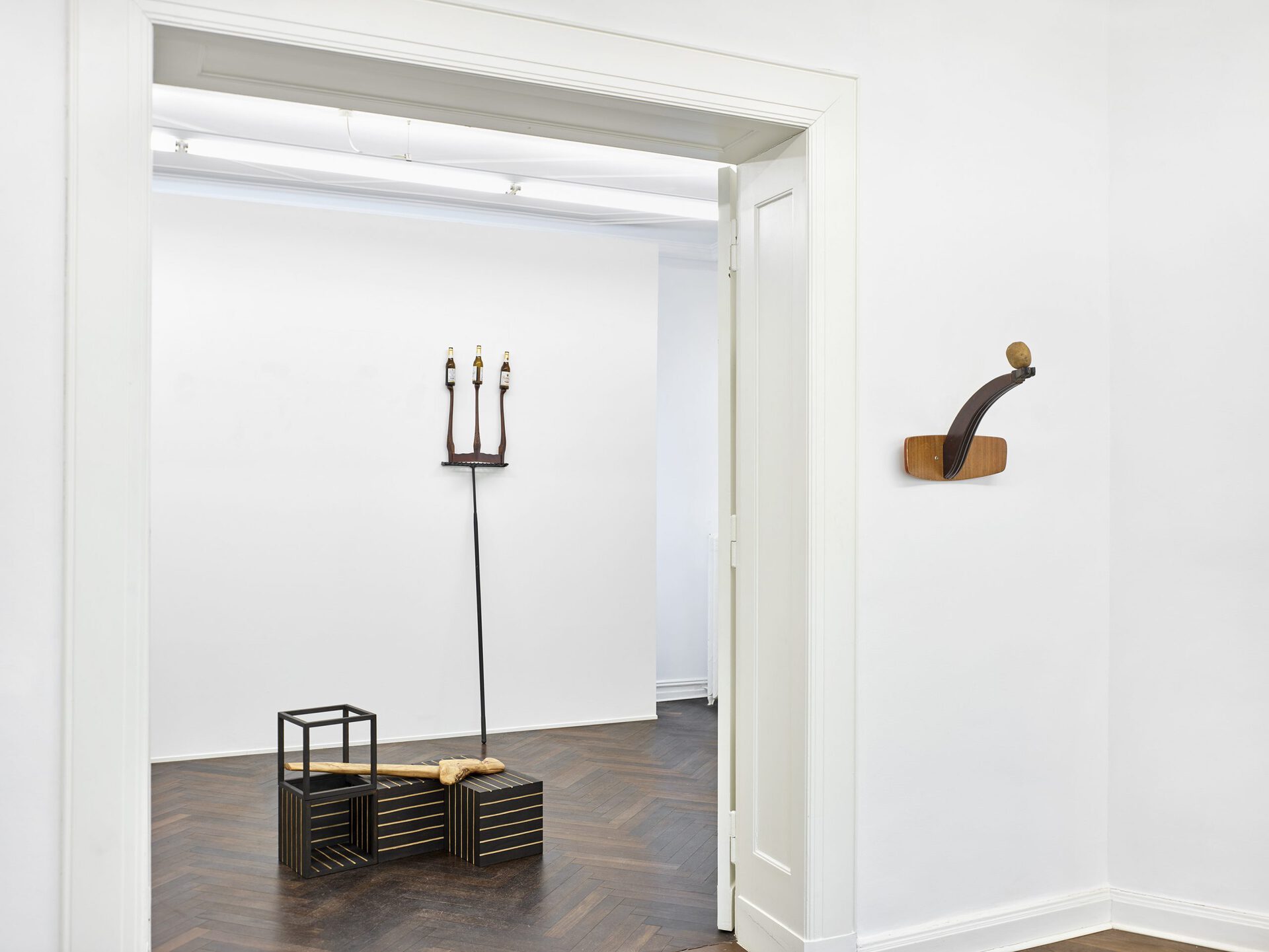
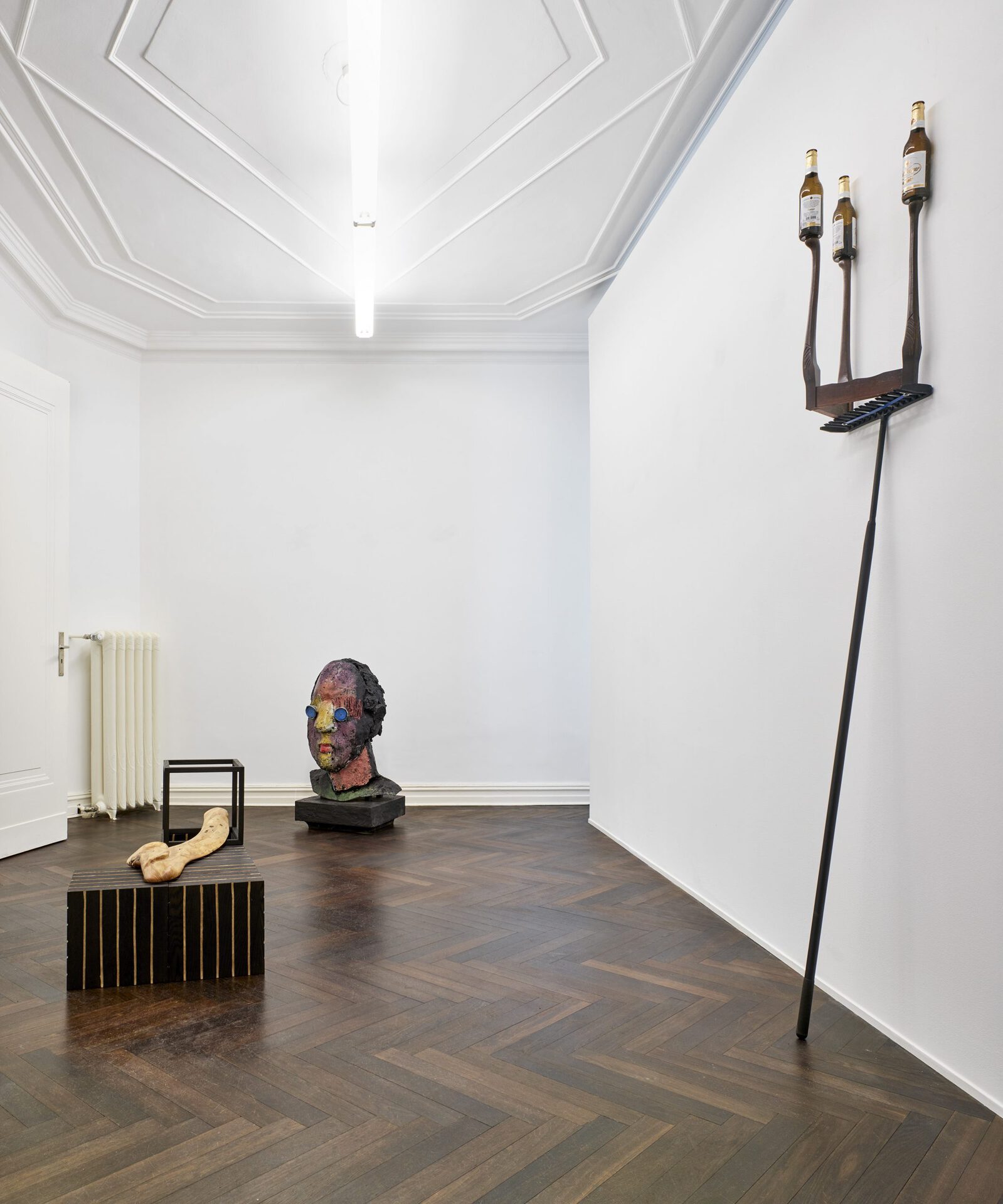

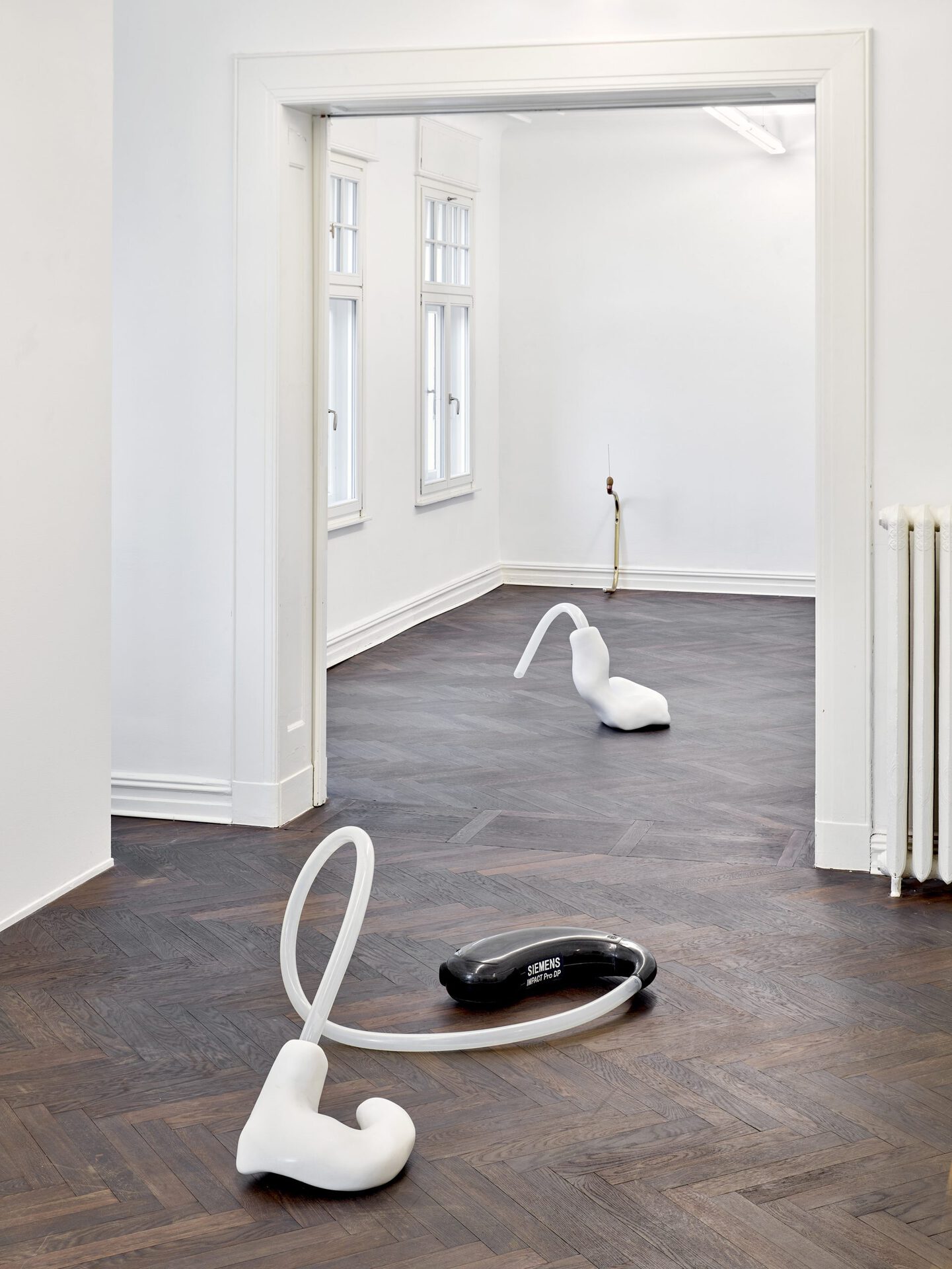
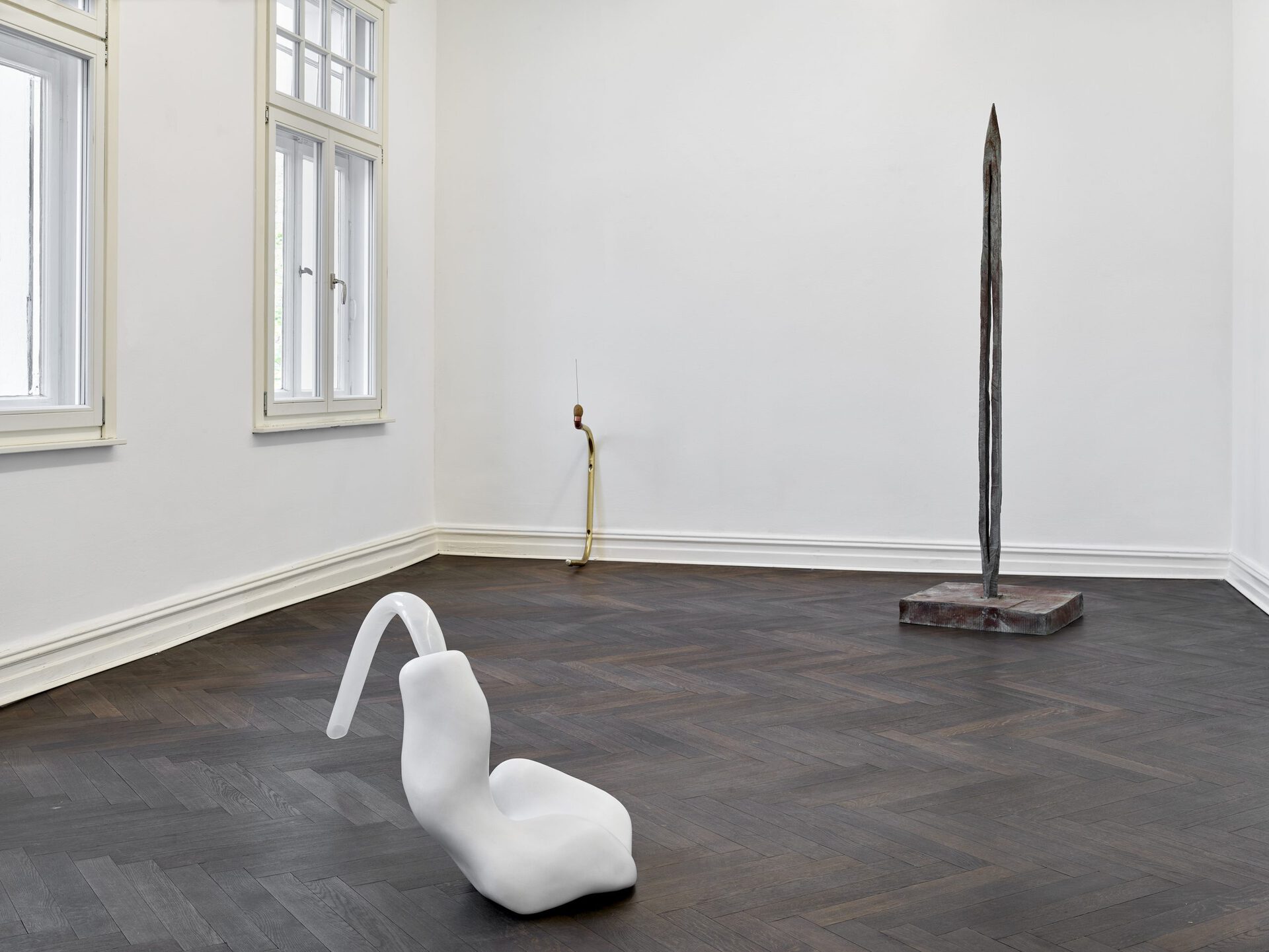
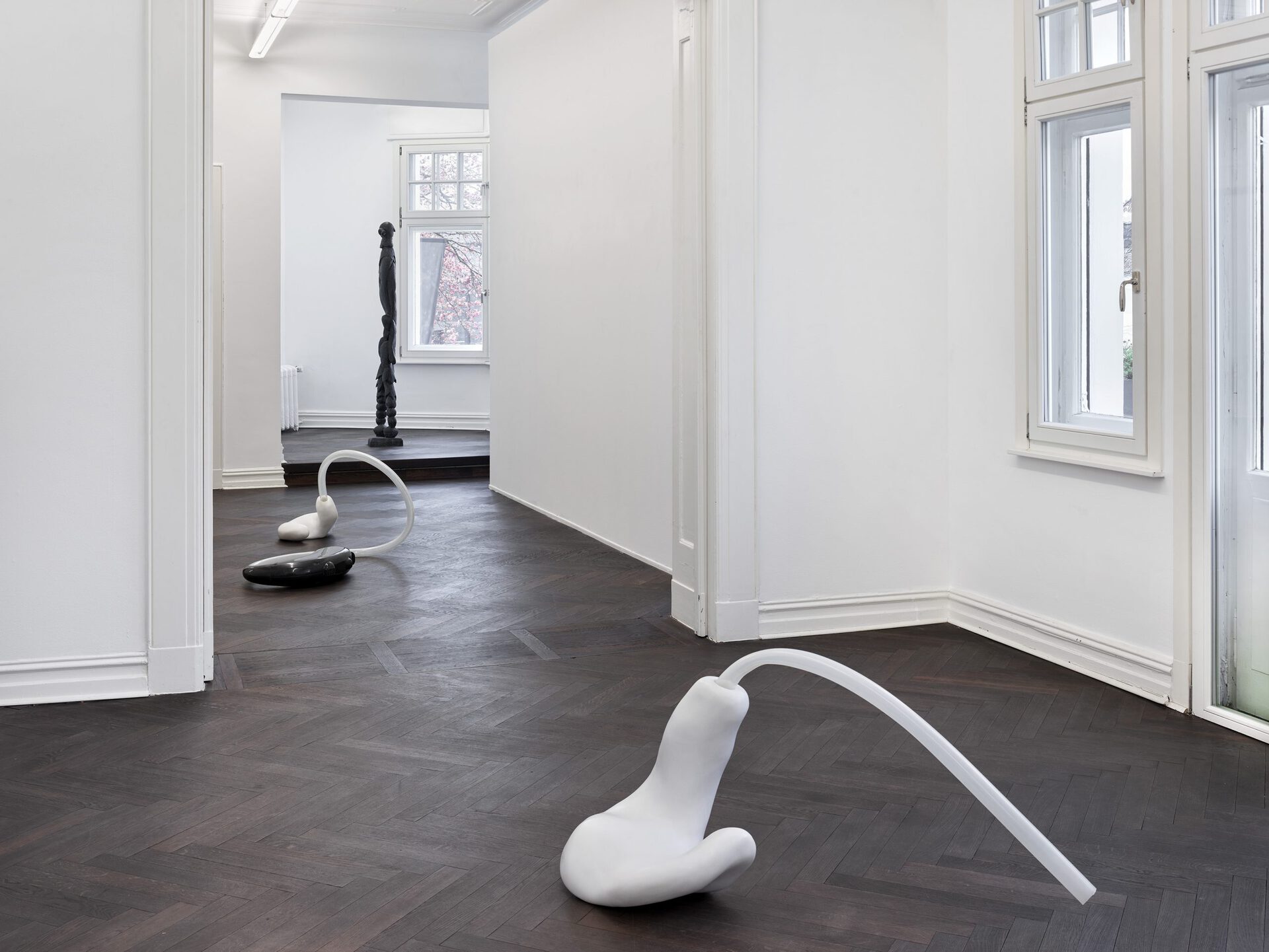
Location
Achenbach HagemeierDate
22.04 –22.05.2020Curator
Theresa Wirtz, Anna Achenbach, David AchenbachPhotography
Achim KukuliesSubheadline
Claudia Comte, Jörg Immendorff, Markus Lüpertz, Amalia PicaText
SCULPTURE ZEITGEIST?
Claudia Comte, Jörg Immendorff, Markus Lüpertz and Amalia Pica
23 April 2020 – 23 May 2020
Achenbach Hagemeier is extremely pleased to present the group exhibition SCULPTURE ZEITGEIST? featuring four relevant positions from the fields of sculpture and installation art. Given the present circumstances, the gallery will not hold an opening.
What is art without an observer? A conversation without a partner? A monologue without a subject? Unimaginable. Yet this seems to be exactly where the contemporary zeitgeist is taking us, however involuntarily and painfully: empty museums, empty cathedrals, empty galleries, unseen art that was otherwise based on the principle of observation. A stagnating mental dialog? This is especially the case for the specificities of sculpture as a medium, which achieve their fullest development in public discourse. The Skulptur Projekte Münster, which documents the sculptural zeitgeist in a ten-year rhythm, is exemplary of sculpture’s role in the public space. A large-scale event of this kind would be absolutely unthinkable now. Our humanitarian values demand something else: #stayhome. Our lives are currently being forced into the private and personal spheres. In this context, the exhibition Sculpture Zeitgeist? aims to keep the significance of exhibitions alive, document current tendencies, offer food for thought, and preserve art as a visual experience.
The artistic subject strives to find its raison d'être by engaging with the external world. An image of reality is produced by reflecting on and adapting the historical and sociopolitical conditions of the present. That’s why it’s necessary for artists like Claudia Comte (*1983) and Amalia Pica (*1978) to develop new formal languages and semiotic systems, while painters like Jörg Immendorff (1945–2007) and Markus Lüpertz (*1941) blur medial boundaries in order to expand their technical horizon. Following from Painting Zeitgeist?, this second zeitgeist explores the specificities of sculpture as a medium by juxtaposing two controversial generations of artists. Sculpture Zeitgeist? thus approaches one possible conception of the zeitgeist by looking at two generations of artists in a very compressed form.
The sculptures of Jörg Immendorff and Markus Lüpertz—leading artists of their generation—are characterized by an archaic style. Monumental in scale and form, the choice of bronze as a material underscores their authoritarian severity. If we could spend our lives outdoors as we usually would these days, we could visit their sculptures for eternity throughout the Rhineland and Ruhrgebiet. Take for example Lüpertz’ painted bronze heroes like the Beethoven (2014) sculpture in Bonn or his eighteen-meter tall Herkules von Gelsenkirchen (2010) in Gelsenkirchen’s Nordsternpark, whose stylistic equivalent, the Hölderlin (2012) head, is on view in the exhibition. Early sculptures like Das muß dein allerliebster Tanz sein (That must be your favorite dance, ca. 1980s) developed out of more colorful, more abstract compositions and can be seen as part of the Neo-Expressionist movement. For Lüpertz, who was once the longstanding director of the Kunstakademie Düsseldorf, it was critical that art move forward while still being oriented to models of the past:
“There isn’t any art that wasn’t once at home in a temple. Every truncated column is the beginning of one of Munch’s trees, or one of Beckmann’s arms.”
– Markus Lüpertz, 2009
Much like Lüpertz’ hero figures, Immendorff’s bronzes are strongly influenced by the experience of post-war Germany. In addition to his signature ape sculptures, Immendorff produced several other incisive sculptures including Deutscher Adler (German Eagle, 1986) and Wiedervereinigung (Reunification, 1989), which are both on view in the exhibition. While the German eagle embodies a caricature of itself, the austere aesthetics of his symbol for reunification evoke the eye of a needle. Divided Germany is unified in a single cast of bronze. This triumphant sculpture was produced in the same year the wall fell. From the 1970s on, Immendorff vehemently protested against the GDR’s antidemocratic structures, both in his Café Deutschland (1977-1982) series as well as his pamphlets.
Since the 80’s, traditional sculpture has been superseded by immersive installations. The focus has increasingly shifted towards more conceptual works, while ephemeral and cerebral experiences have come to occupy the place once held by monumental sculpture. Communication, language, and metaphor are some of the central themes in Amalia Pica’s work. In her Catachresis series, the artist who emigrated from Argentina to the UK constructs metaphorical wordplays using found objects. The lifeless objects begin to refer to the human body: chair legs, bottle necks, screw heads. Her loosely assembled elements thus take on a bizarre life of their own. By contrast, her series In The Praise Of Listening deploys more traditional sculptural material like marble, granite, and soapstone. Yet the materials Pica uses for her oversized hearing aid are evacuated of their usual connotations. This depiction acquires a special poignance when one thinks of it in the context of demographic change. Her aestheticization of a seemingly trivial device examines fundamental systems of communication and our society as a whole. Pica’s interest in the parallels between form and politics developed partly out of her experience of growing up under a dictatorship. Her oeuvre has recently been recognized by the prestigious Zurich Art Prize in 2020.
An overview of Claudia Comte’s work reveals a highly diverse formal language. Her performative contribution to the Venice Biennial, the enormous installation at Art Basel, not to mention her solo exhibition spanning 1,059 square meters of the Kunstmuseum Luzerne all speak volumes. Her clear forms testify to influences as varied as Abstract Expressionism, Op-Art, Concrete Art, and comics. On one hand, the Swiss artist saws bones out of cherry and olive wood, while on the other she produces glazed ceramic rabbit ears in her studio. Her sculptures’ contours evoke cartoons while still intertwining with a minimalist geometry. Her works acquire their unique style precisely through this unconventional melange of comics and geometric seriousness in black and gold. She presents her objects on pedestals in classical fashion, yet she not only exhibits the play of opposed forms but also points to the grain of the wood itself. Her exhibitions mostly unfold as site-specific gesamtkunstwerke. She starts with wall paintings that correlate to her sculptures and images, and which can even be compared with the work of Richard Serra. Entire rooms are redefined by expanding the existing architecture, thus opening new worlds for the viewer.
Theresa Wirtz